Top Things to Know Before Buying House Plants Near You
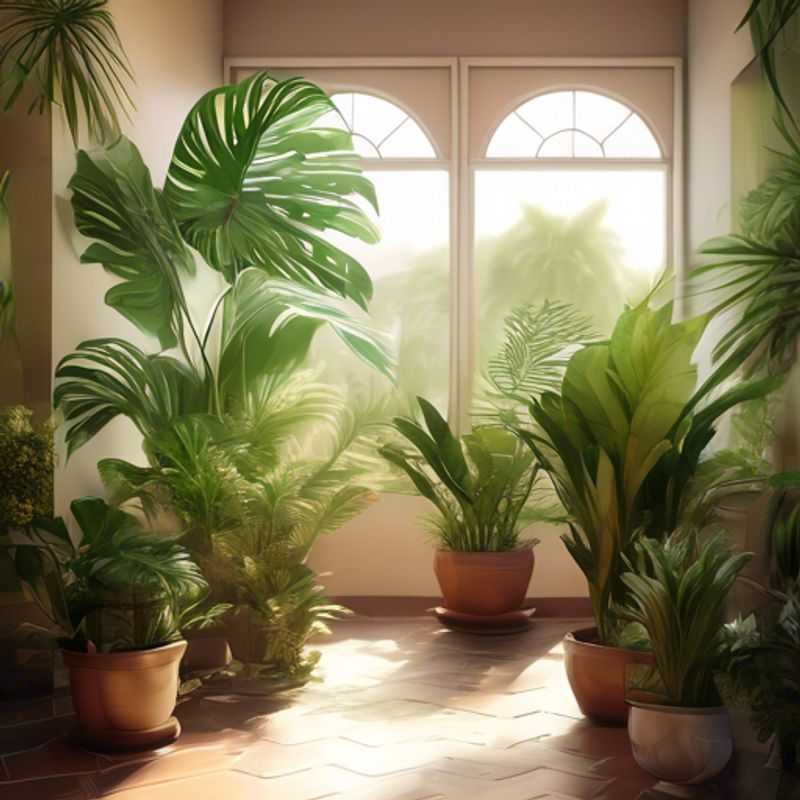
Top Things to Know Before Buying House Plants Near Me
Bringing a touch of nature indoors is a wonderful way to brighten up your home, but before you rush to purchase houseplants, it’s crucial to do your research. Choosing the right plants can save you time, money, and potential headaches down the road. Here’s what you should consider before bringing a new plant home:
Research the specific plant's care requirements before purchasing. Different plants have different needs in terms of sunlight, watering, humidity, and temperature.
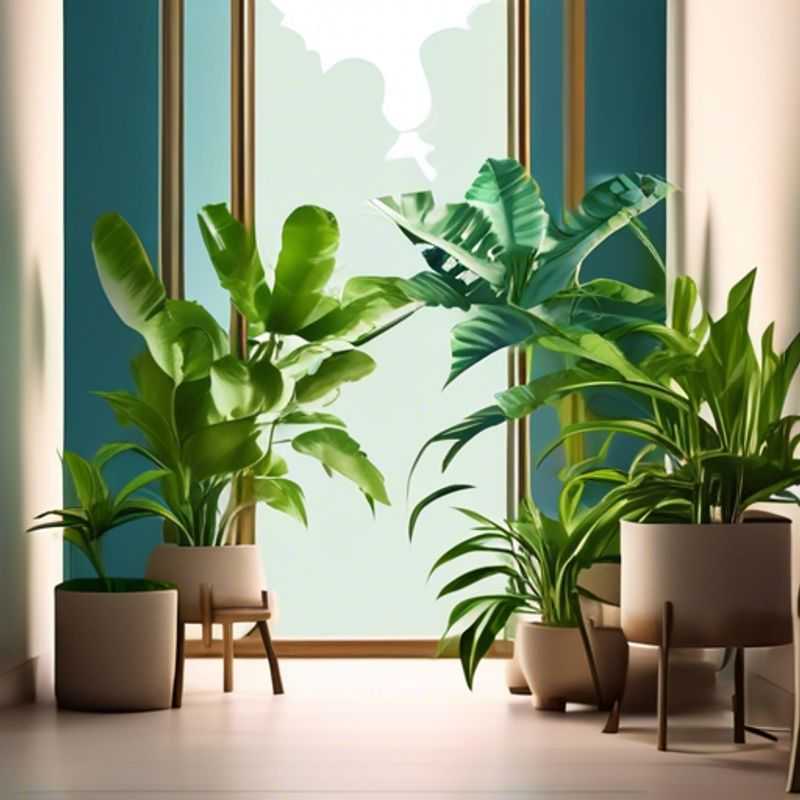
Know Before You Grow: Researching Plant Care Before You Buy
Before bringing a new plant home, it's crucial to research its specific care requirements. This will prevent disappointment and ensure your plant thrives. Understanding these needs can save money and time in the long run.
Light is a fundamental factor. Some plants prefer bright, direct sunlight, while others thrive in shade. Knowing the amount of light your home offers will help choose suitable plants.
Watering frequency varies significantly among plants. Some require regular watering, while others prefer drier soil. Improper watering can lead to root rot or dehydration, so researching the appropriate watering schedule is vital.
Humidity is another critical aspect. Certain plants need high humidity, while others tolerate dry air. Knowing the humidity levels in your home will help you select plants that will thrive.
Soil type plays a vital role. Different plants have varying soil preferences, such as acidic, alkaline, or well-draining. Understanding the ideal soil composition is essential for optimal growth.
Fertilizer is essential for plant growth. However, over-fertilizing can harm plants. Researching the proper type and frequency of fertilizer application will ensure your plant receives the necessary nutrients without being overfed.
Temperature preferences vary significantly. Some plants thrive in warm environments, while others prefer cooler temperatures. Understanding your home's temperature range will help you choose plants that can tolerate the conditions.
Pests and diseases are potential threats to plants. Learning about common pests and diseases specific to your plant species will help you identify and address them early.
Investing a little time in researching your plant's specific care requirements will save you money and frustration in the long run. A well-informed plant owner can enjoy a flourishing garden and healthy, happy plants.
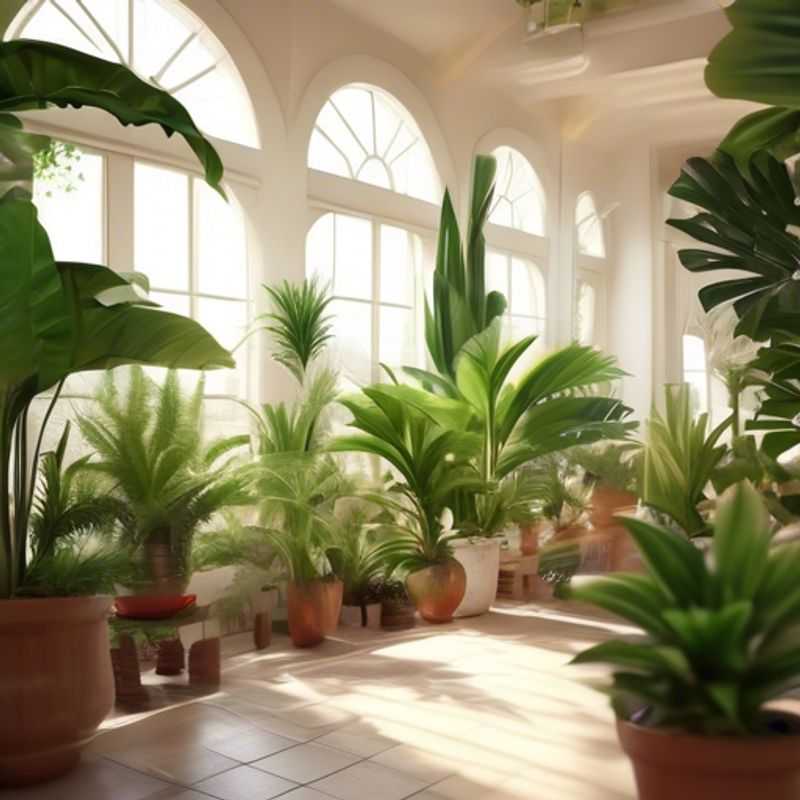
Sunlight and Space: Planning Your Indoor Garden
Before embarking on any home improvement project, it's crucial to assess your home's existing conditions. This includes understanding the amount of natural sunlight your space receives and the available space for your project. Analyzing these factors will ensure your project is both practical and visually appealing.
Sunlight is vital for plant growth and can impact the overall ambiance of your home. Evaluate the amount of sunlight each area receives throughout the day. Consider factors like window size, direction, and surrounding obstructions that might hinder sunlight access.
Furthermore, consider the dimensions of the space you're working with. Carefully measure the area you're planning to utilize, taking note of existing furniture placement, doorways, and potential obstacles. Accurately assessing the space will ensure you choose the right-sized furniture, fixtures, and plants for your needs.
While this assessment seems straightforward, it's a fundamental step that can save you from costly mistakes. Understanding your home's limitations and opportunities before you start will enhance your project's success and minimize potential challenges.
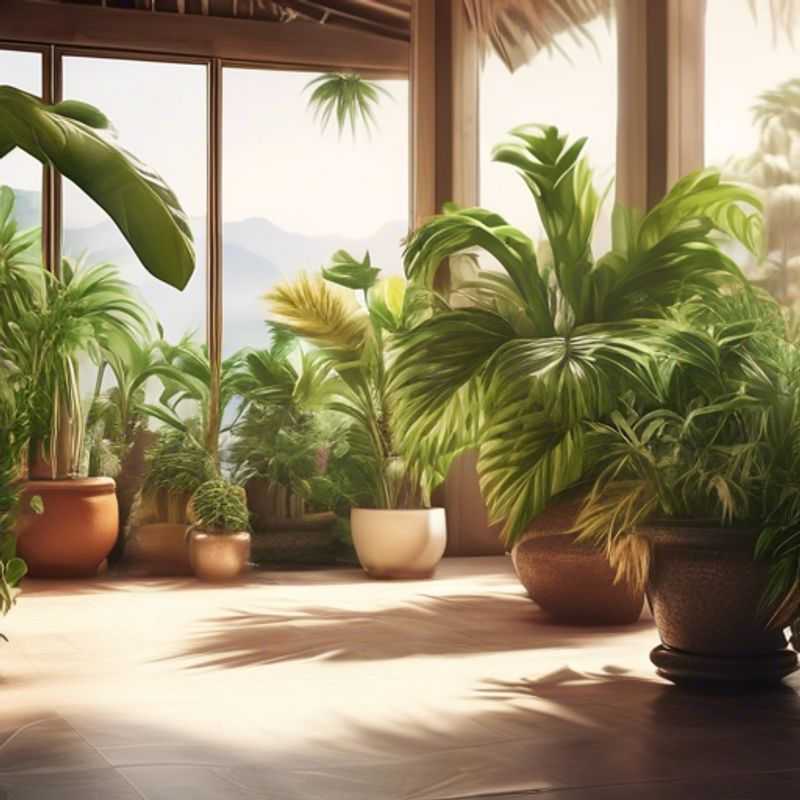
Plan for Growth: Choosing Plants That Fit Your Space
Before planting, it's crucial to consider the mature size of the plant. This ensures it will thrive in its chosen location without outgrowing its space or causing damage.
Measure the area where you want to plant. This will give you a clear picture of how much space you have. Then, research the mature height and width of the plant species you're considering.
Compare the plant's mature size with your available space. If the plant will be too large, you may need to choose a different species or consider adjusting your planting location.
Take into account the plant's root system. Some plants have shallow roots, while others have deep and expansive roots. Consider these factors when choosing a location to prevent root damage and ensure proper growth.
This simple step of researching and planning can save you time, money, and frustration in the long run. It allows you to enjoy a healthy, thriving plant in the perfect spot for years to come.
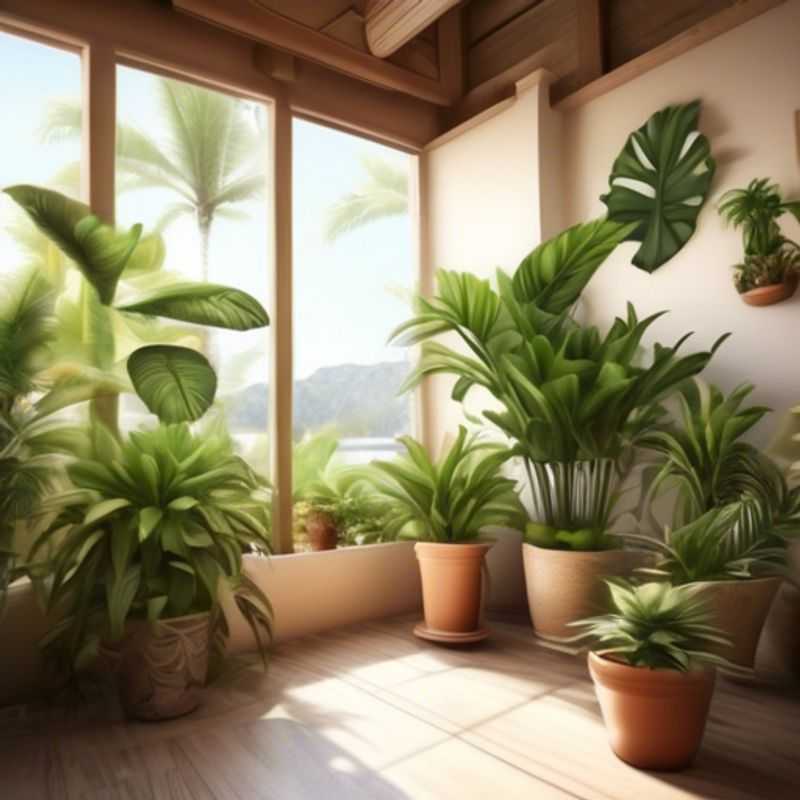
Pre-Purchase Plant Inspection: Spotting Pests and Diseases
Before buying a plant, it's crucial to inspect it thoroughly for any signs of pests or diseases. This proactive step can save you from introducing unwanted issues into your garden or home. Look for any unusual spots, discoloration, webbing, or insects on the leaves, stems, and roots. You might also check the soil for any signs of infestation. Even if the plant appears healthy, it's best to quarantine a new plant for a few weeks to ensure it doesn't harbor any hidden pests or diseases. This quarantine period will allow you to observe the plant closely and take timely action if needed. Remember, a healthy start is essential for a thriving plant, so make sure to choose a pest and disease-free specimen.
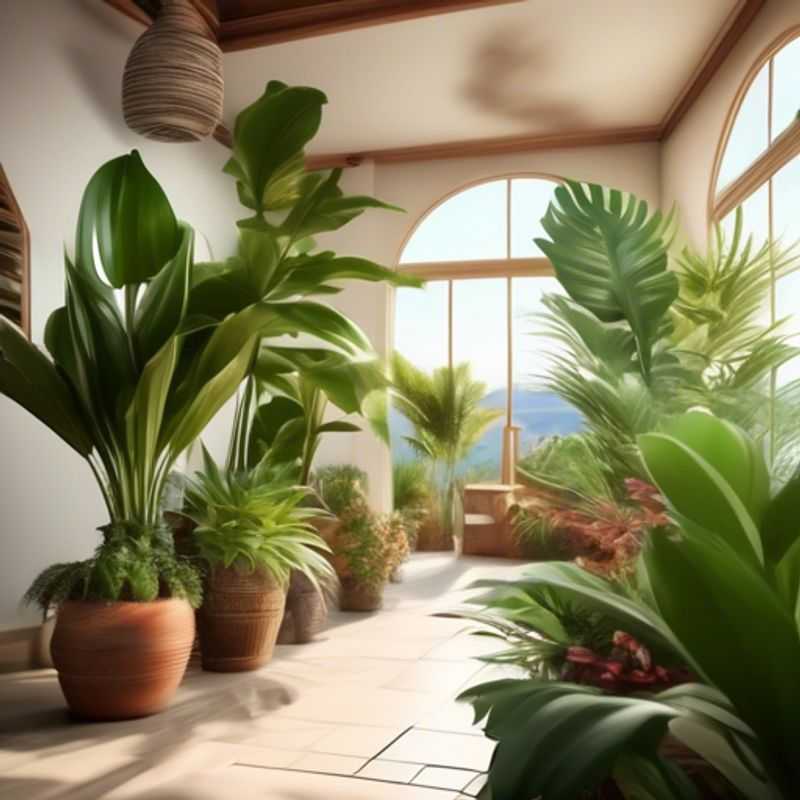
Watering Wisdom: Understanding Plant Needs and Adapting Your Approach
Knowing your plant's watering needs is crucial for its health. Understanding its specific requirements, like soil type and climate, is key. Overwatering can be as detrimental as underwatering, leading to root rot and fungal diseases. Observe the plant's leaves and soil. Wilting leaves and dry soil indicate thirst, while soggy soil and yellowing leaves point to overwatering. Adjust watering frequency based on these signals. Frequency varies based on factors like plant species, container size, and season. Regularly check the soil moisture with your finger or a moisture meter. Experiment with watering schedules, adjusting as needed. Remember, consistent care is vital, and monitoring is key.
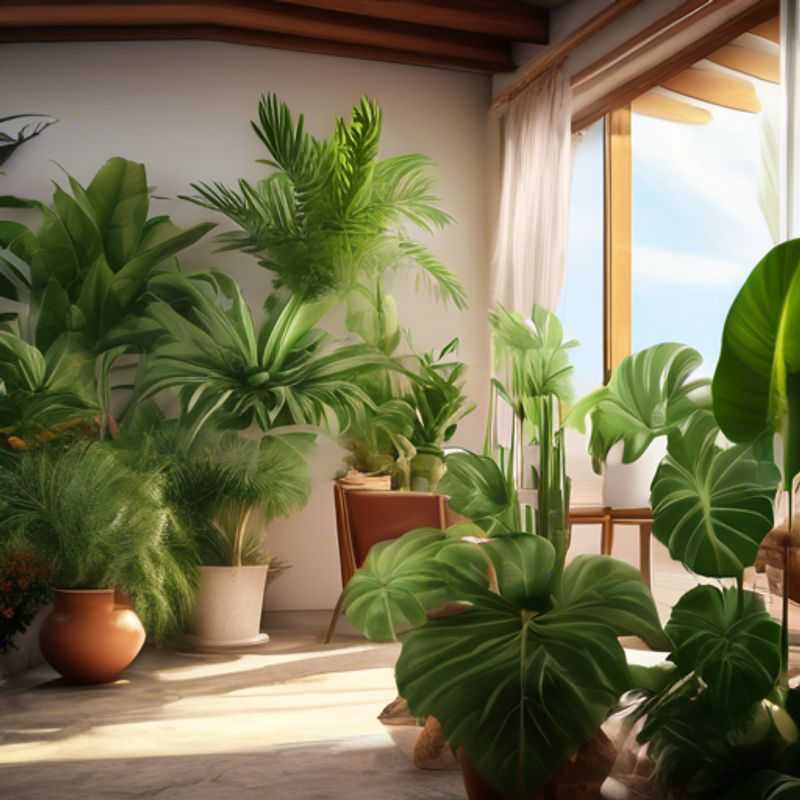
The Perfect Climate: Understanding Ideal Temperature and Humidity for Your Plants
Understanding the ideal temperature and humidity levels for your plants is crucial for their healthy growth. Every plant species has a specific range of conditions it thrives in. Think of it like Goldilocks and the three bears: too hot or cold, too dry or humid, and your plant won't be happy!
For instance, cacti and succulents prefer warm, arid climates. They are used to living in deserts, so they don't need much water. On the other hand, tropical plants like orchids and ferns require consistently warm temperatures and high humidity. They love the moist, humid air of a rainforest.
To find out the optimal conditions for your plant, simply look it up online or consult a gardening guide. You can also check the plant tag that came with it when you purchased it. Once you know your plant's needs, you can create an environment that promotes healthy growth and prevents problems like wilting, leaf drop, or disease.
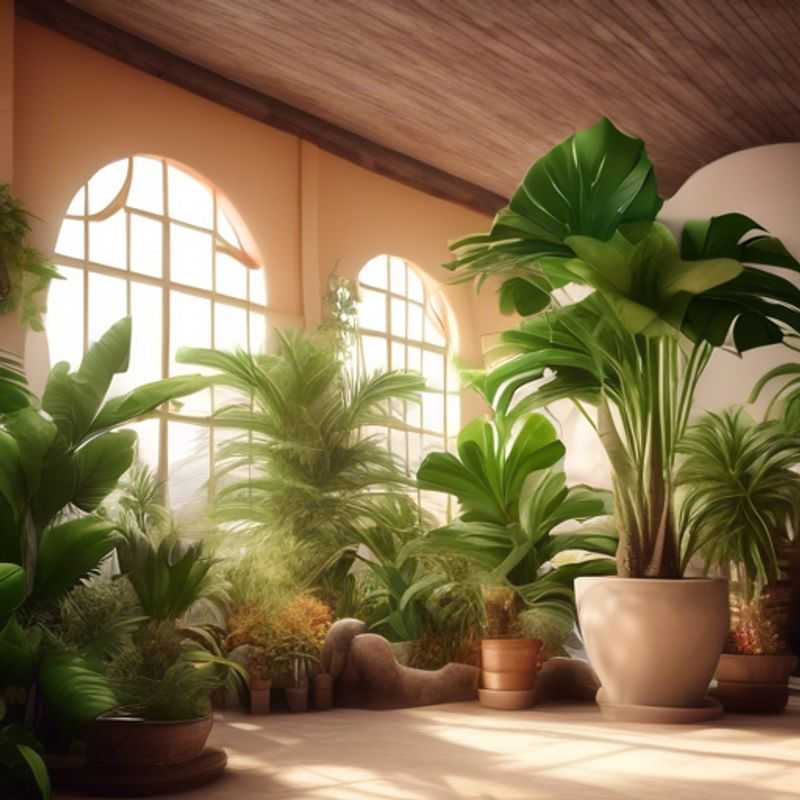
Bringing Home a New Plant? Ask About Origin and Pet Safety First
Before bringing a new plant into your home, especially if you have pets, it's crucial to inquire about its origin and whether it's pet-safe. Not all plants are safe for pets. Some common houseplants can be toxic to cats and dogs, causing various health issues.
Research is key. The internet provides a wealth of information on plant toxicity. You can use online resources like the ASPCA's website or the Pet Poison Helpline to search for specific plant names and their potential risks to pets. Always err on the side of caution, and if unsure, it's best to assume a plant is toxic until proven otherwise.
Direct communication with the plant seller is recommended. Ask about the plant's origin and if it's known to be toxic to pets. They may have firsthand knowledge or can direct you to reliable resources.
Consider the plant's location in your home. If you have pets, strategically place plants in areas they're less likely to access. Use hanging planters, shelves, or areas that are out of reach.
Observe your pets. Be vigilant and monitor your pets for any signs of illness after introducing a new plant. If you suspect your pet has ingested a potentially toxic plant, contact your veterinarian immediately.
